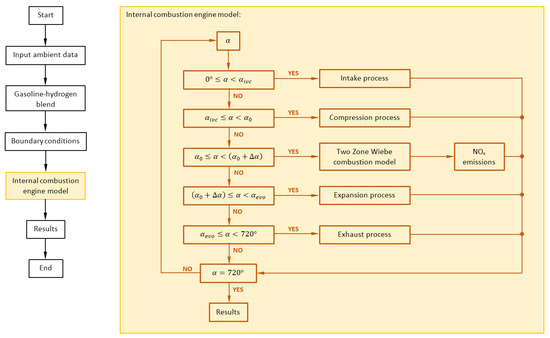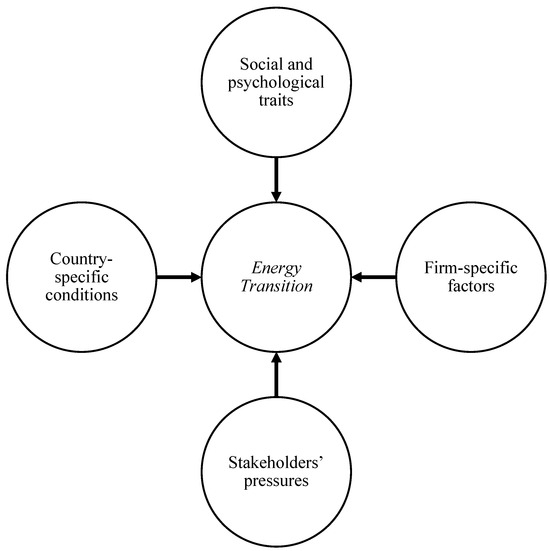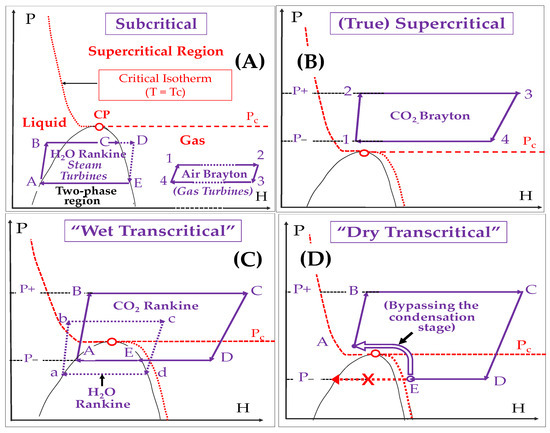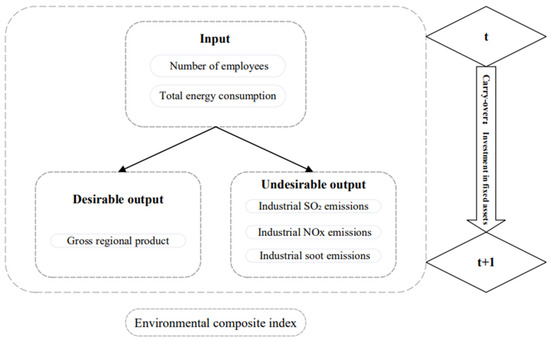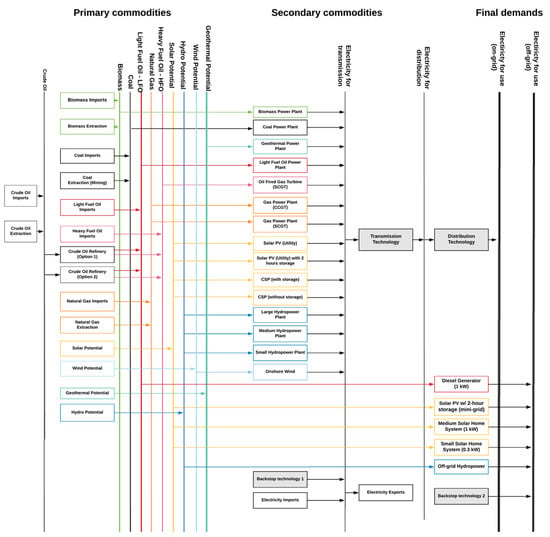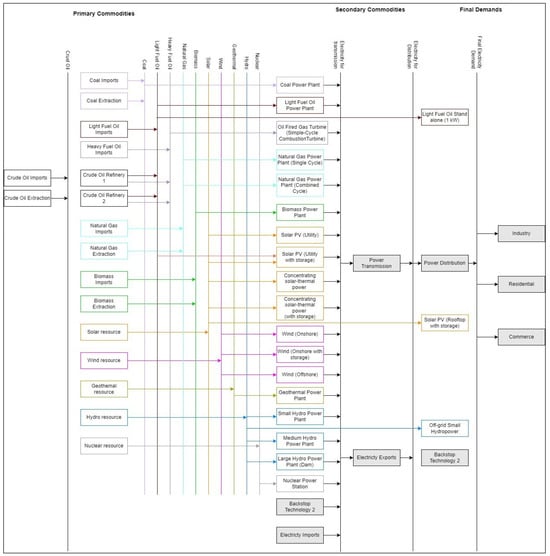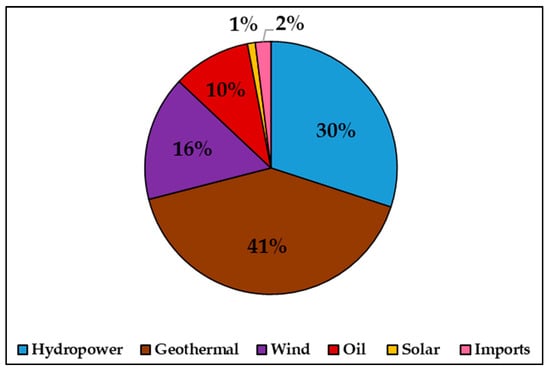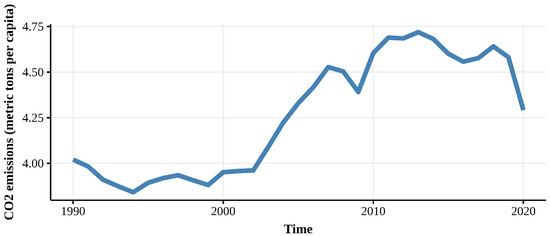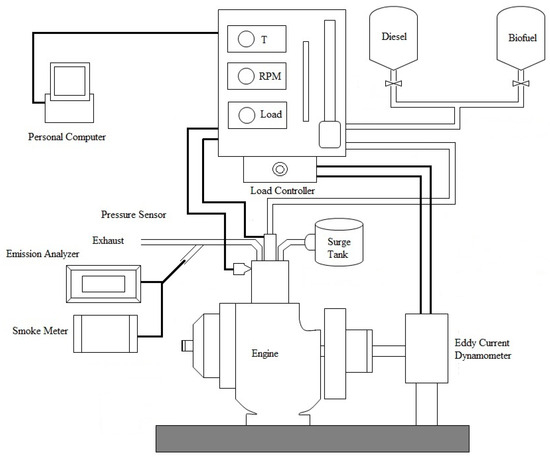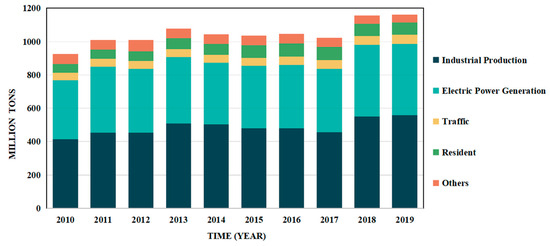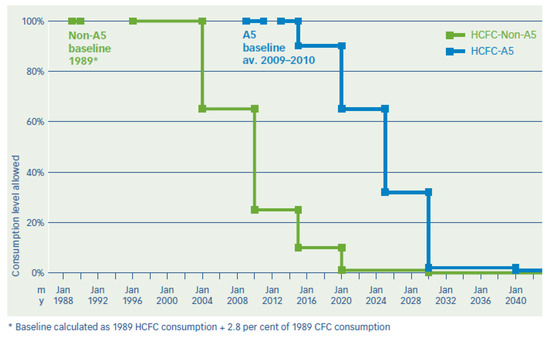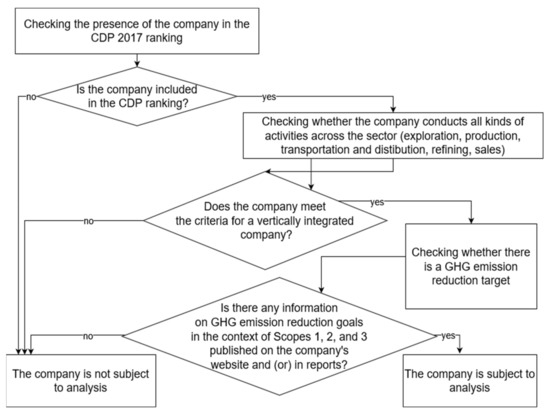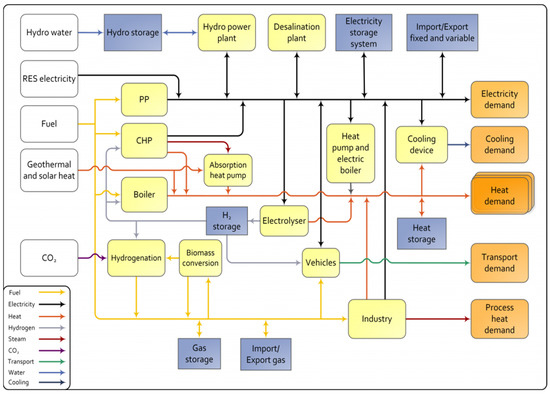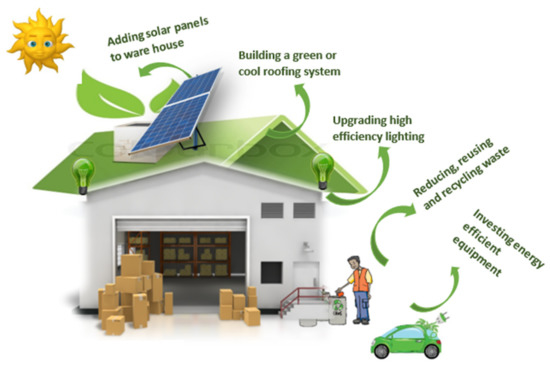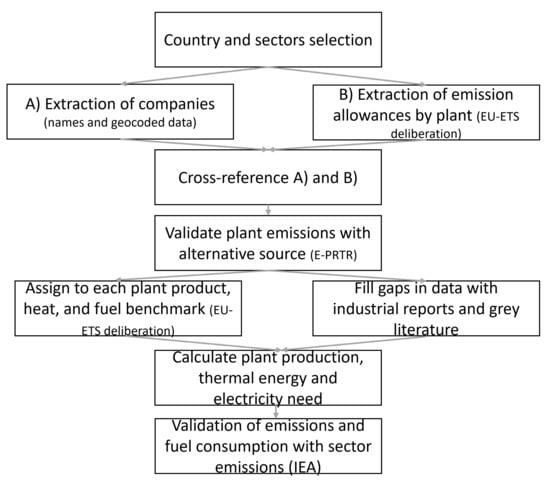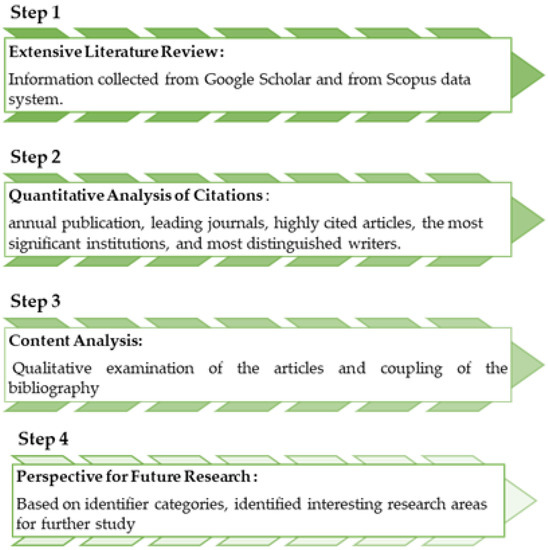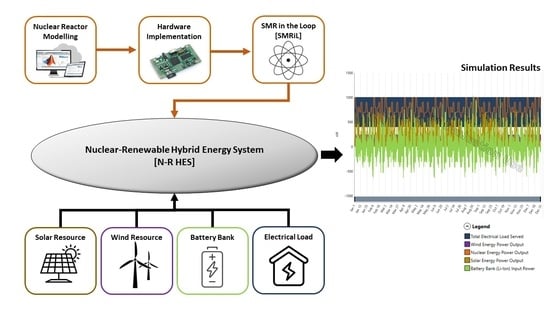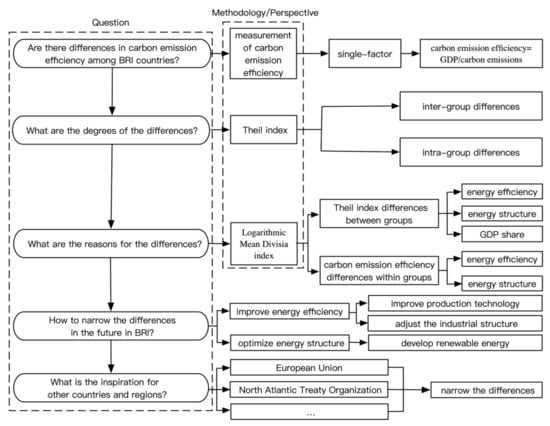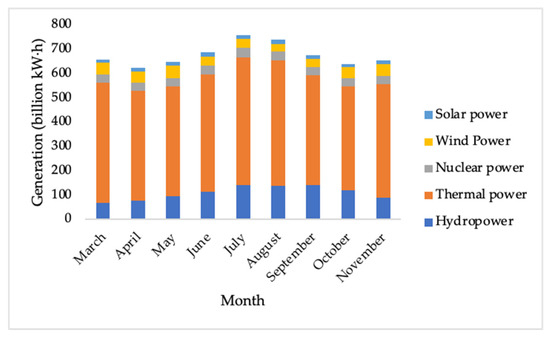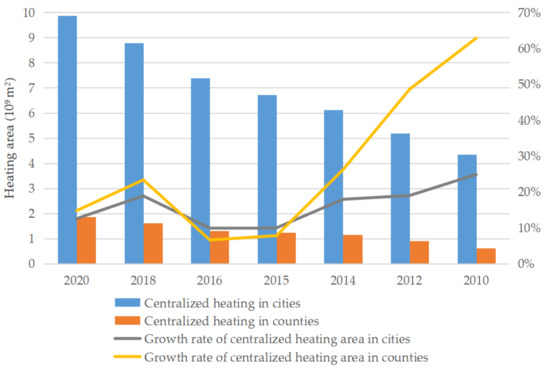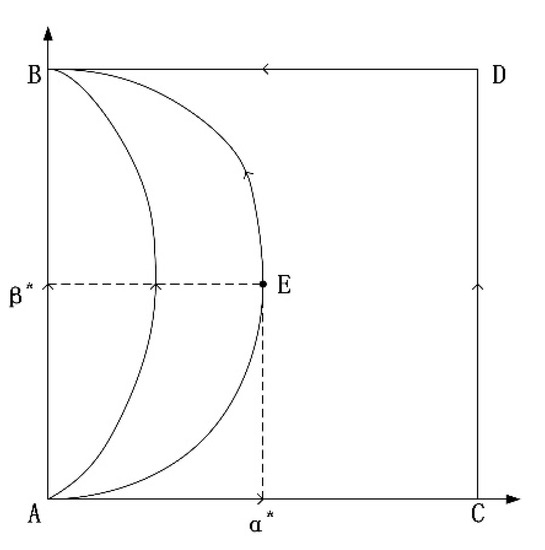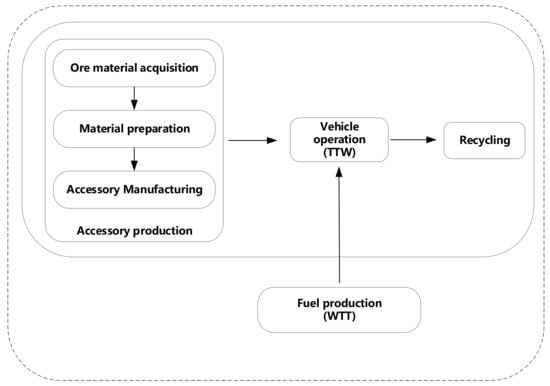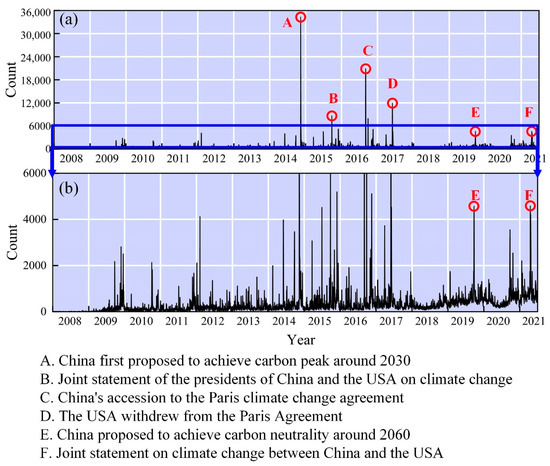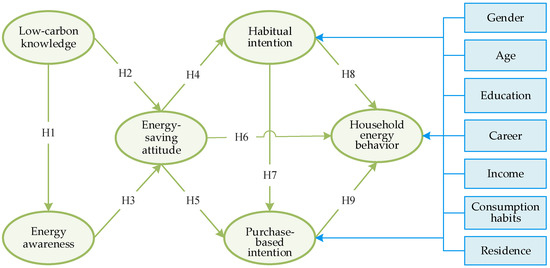Energy Transition towards Carbon Neutrality
A topical collection in Energies (ISSN 1996-1073). This collection belongs to the section "B: Energy and Environment".
Viewed by 49388Editors
Interests: energy system complexity; energy economics and policy; climate change and carbon emission reduction; natural resources and environmental management and policy; energy transition
2. University of the Chinese Academy of Sciences, Beijing 100049, China
Interests: industrial ecology; dynamic material flow analysis; integrated assessment modelling; sustainable resources management; sustainability of emerging technologies; material–energy–water–climate nexus
Special Issues, Collections and Topics in MDPI journals
Topical Collection Information
Dear Colleagues,
The Collection Editors are inviting submissions to a Collection of Energies on the subject of “Energy Transition towards Carbon Neutrality”.
Carbon peaking and neutralization are significant to limit the temperature increase to well below 2 °C and avoid the negative impacts of climate change caused by the sharp increase in carbon dioxide emissions. Global transition in the energy, transportation, buildings, industry, and agriculture sectors is the key to achieving the goal of carbon peak and neutralization. The transition, however, is a complex and daunting challenge that requires different stakeholders, including governments, industries, researchers, and societies, to intertwine to identify low emission development pathways and to cope with various challenges and risks.
This Special Issue focuses on analyzing carbon emission mitigation pathways in different sectors and accepts contributions that address mainly energy economics, policy, and technological innovations, which have been playing an increasing role in the realization of global energy transition in recent years. Particular attention is devoted to exploring the dynamics and effects of carbon neutrality goal using different approaches and models of sustainable energy supply and demand in terms of resources and environmental impacts.
Invited topics for this Special Issue include but are not limited to:
- Energy–material–carbon nexus;
- Energy–water–food nexus;
- Advances in energy supply and demand technologies;
- Advances in energy storage technologies;
- Technological advances in carbon intensive industries; and
- The role of society in energy transition.
Prof. Dr. Shen Lei
Prof. Dr. Ayman Elshkaki
Collection Editors
Manuscript Submission Information
Manuscripts should be submitted online at www.mdpi.com by registering and logging in to this website. Once you are registered, click here to go to the submission form. Manuscripts can be submitted until the deadline. All submissions that pass pre-check are peer-reviewed. Accepted papers will be published continuously in the journal (as soon as accepted) and will be listed together on the collection website. Research articles, review articles as well as short communications are invited. For planned papers, a title and short abstract (about 100 words) can be sent to the Editorial Office for announcement on this website.
Submitted manuscripts should not have been published previously, nor be under consideration for publication elsewhere (except conference proceedings papers). All manuscripts are thoroughly refereed through a single-blind peer-review process. A guide for authors and other relevant information for submission of manuscripts is available on the Instructions for Authors page. Energies is an international peer-reviewed open access semimonthly journal published by MDPI.
Please visit the Instructions for Authors page before submitting a manuscript. The Article Processing Charge (APC) for publication in this open access journal is 2600 CHF (Swiss Francs). Submitted papers should be well formatted and use good English. Authors may use MDPI's English editing service prior to publication or during author revisions.
Keywords
- energy–material nexus
- clean and renewable energy utilization
- energy consumption and power supply
- energy policy modeling
- electrification of transport and industry
- sustainable energy consumption and conservation






